Tod Browning’s Sideshow Shockers on Blu-ray from Criterion
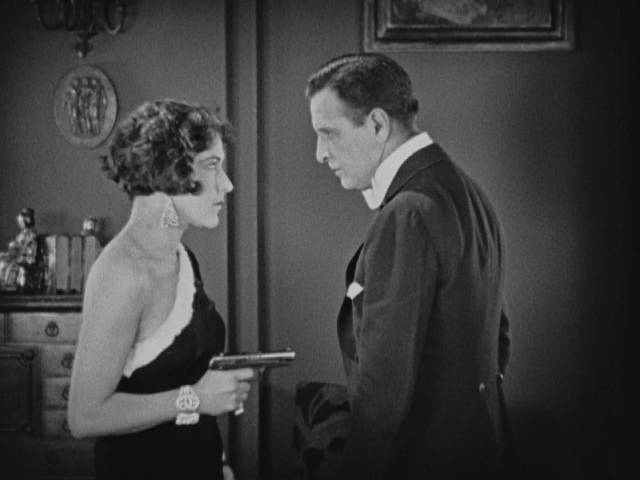
Tod Browning is best-known for Dracula (1931), the movie which launched not just Universal Studios’ influential ’30s horrors, but a horror boom throughout Hollywood which flourished in the pre-Code years and managed to continue into the mid-’40s in the face of increasing censorship. But that was far from his best work – its shortcomings can be seen clearly by comparing it to George Melford’s Spanish-language version, shot simultaneously on the same sets. Browning’s version had one clear advantage, the presence of Bela Lugosi, but in every other respect Melford’s movie is superior – richer in atmosphere, more overtly erotic, more in tune with the supernatural elements of the story. Perhaps this last is the key to why Browning’s film comes up short – nowhere else in his work does the supernatural play a part; he was more interested in human pathologies, something which helped him forge a lasting collaboration with Lon Chaney, an actor whose screen persona was the very embodiment of a tortured masochism externally manifest in his famous make-ups, many of which involved extremely painful physical transformations.
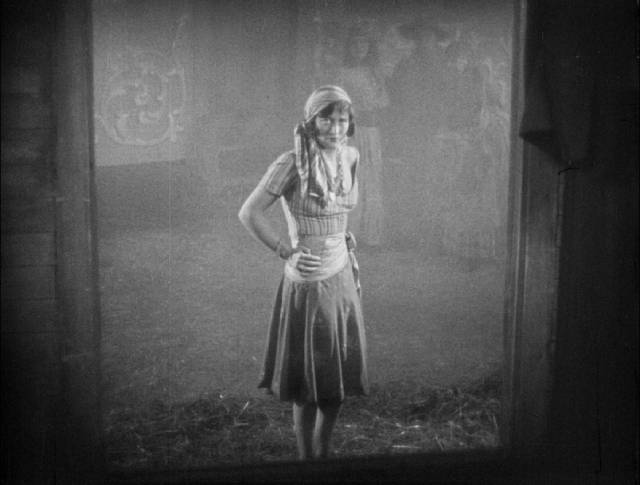
The Unknown (1927)
Browning and Chaney made ten features together, from The Wicked Darling (1919) to Where East Is East (1929), with a strong emphasis on crime. Ironically, one of these films, the long-lost London After Midnight (1926), made to cash in on the success of the stage version of Dracula, features a fake vampire used to uncover the identity of a murderer; it was a popular success four years before Browning struck gold with the genuine blood-sucking article. Made just before London After Midnight, The Unknown (1927) represents the full potent fusion of both men’s obsessions – the sideshow setting is one of the key visual and thematic elements in Browning’s filmography (he dropped out of school at sixteen and ran away to join a travelling circus, where he became a sideshow barker before moving on to song-and-dance man and contortionist; the late David J. Skal’s excellent biography of the director was appropriately titled Dark Carnival); while Chaney’s character suffers agonizing physical and emotional torments on his way to madness.
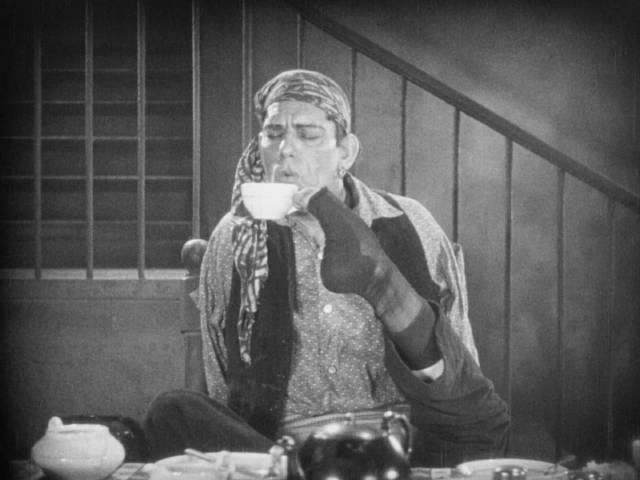
Chaney plays Alonzo, a criminal on the run from the law, who has taken refuge as a performer in a small circus. His distinguishing characteristic is a double thumb, which if seen would immediately expose his identity; so he wears a painfully constraining corset which makes him appear armless, his act being a display of knife-throwing and sharp-shooting with his feet. His assistant is Nanon (a young Joan Crawford in one of her first major roles), the abused daughter of circus owner Zanzi (Nick De Ruiz). Nanon is pursued by brutish strongman Malabar (Norman Kerry), but she has a horror of being touched – men’s hands disgust her, which is why she has such a warm friendship with the seemingly armless Alonzo. Although it remains unstated, the suggestion that she has grown up being sexually abused by her father is impossible to ignore.
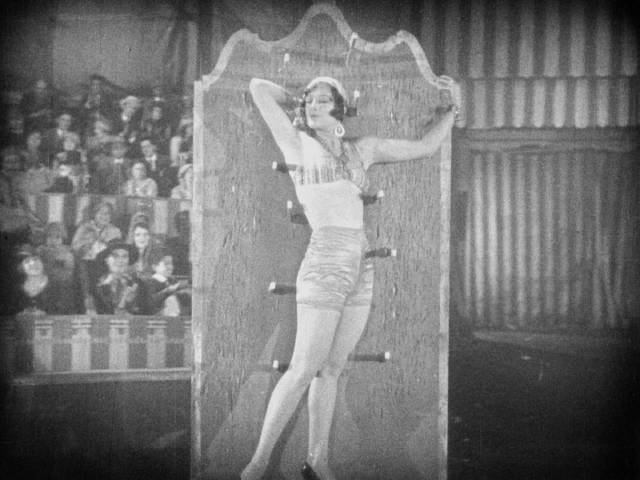
The film’s central tortured irony has Alonzo blackmailing a surgeon into amputating his arms to accommodate Nanon’s phobia and hopefully secure her love; but as he recovers, Malabar’s persistence helps her overcome that fear and she agrees to marry the strong man. Desperate and maddened, Alonzo attempts to sabotage a dangerous stunt in which Malabar risks being torn apart by horses, but it’s Alonzo himself who dies, a victim of his own unrequited passion.
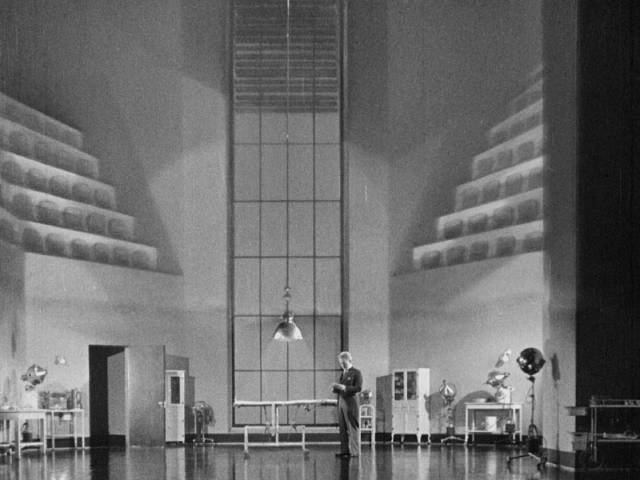
Browning evokes the mixture of seediness and communal solidarity which characterizes the circus, with disparate people finding a sense of belonging whatever their troubled pasts, but as in any community there are conflicts and tangled emotional undercurrents. What distinguishes The Unknown is the extremity of those undercurrents – Alonzo’s romantic longing with its deep strain of masochism; Nanon’s phobia rooted in a history of unspoken sexual abuse. This is the kind of material which would soon be forbidden by the Production Code.
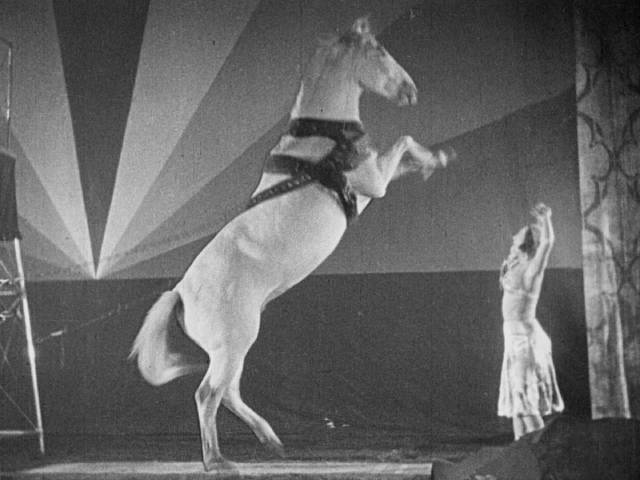
Chaney’s performance here is remarkable, throwing knives and firing a rifle with his feet in a very convincing way. But even Chaney wasn’t quite up to some of the trickier bits of business – when he eats, the feet holding the fork belonged to a contortionist hidden just outside the frame; rolling and lighting a cigarette were similarly managed, though the illusion is completely convincing. Only twenty at the time, Crawford displays a feisty charm which already displays the screen presence which would soon make her a star.
*
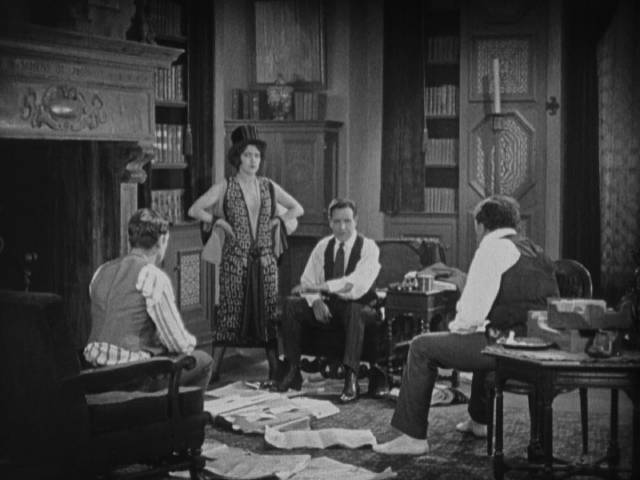
The Mystic (1925)
Made a couple of years earlier, The Mystic (1925) also draws on Browning’s early show-biz experiences, though it eventually pulls its punches with an uncharacteristic “happy ending”. Zara (Aileen Pringle) is a Hungarian Gypsy who has a profitable act as a sideshow fortune-teller, aided by her companions Zazarack (Mitchell Lewis) and Anton (Robert Ober). After watching her perform, American con man Michael Nash (Conway Tearle) approaches the trio with a proposition; he will bankroll them on a trip to New York where they can use their act to pry money from the gullible rich. There are strong similarities between The Mystic and William Lindsay Gresham’s 1946 novel Nightmare Alley, particularly the protagonists’ cynical exploitation of people’s desire to believe that there are invisible forces at work which perhaps give meaning to life.
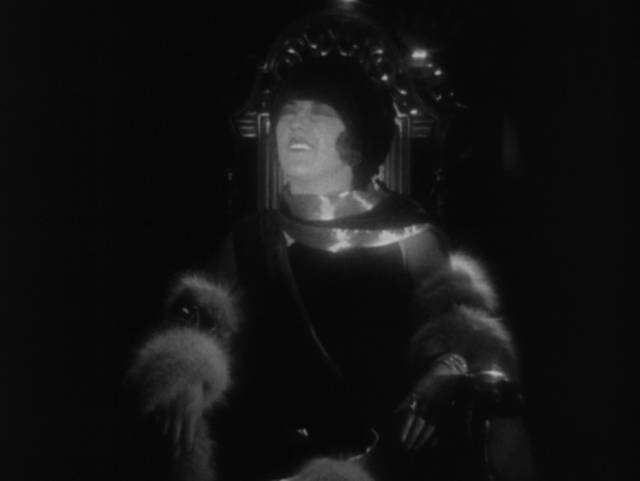
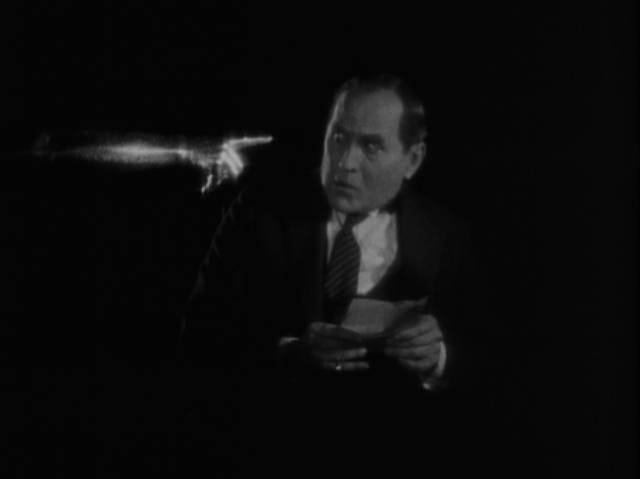
While the melodrama is somewhat predictable – Nash falls for Zara as she rises in New York society, triggering jealousy and resentment in Zazarack which causes rifts among the partners as they scam a wealthy heiress (Gladys Hulette) – but what really lifts The Mystic is the attention paid to the details of the scam. Browning clearly shows us the planning and the mechanics of the phony seances so that we can appreciate the craft involved and actually gets us on the side of the scoundrels – there’s real tension as the police chief (DeWitt Jennings) tries to expose them and Zara and her team quickly improvise to thwart him. Here Browning gives us a glimpse behind the magic show’s illusions, making the tricks involved all the more impressive.
*
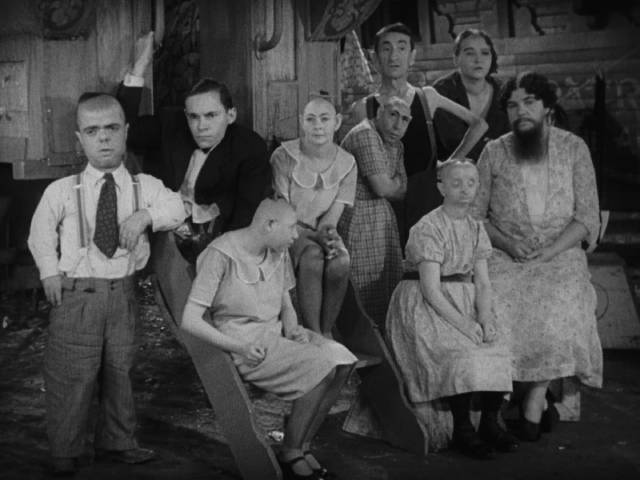
Freaks (1932)
Browning’s attraction to carnivals reached its climax with Freaks (1932), a movie which shocked studio executives, audiences and critics so deeply that the director never fully recovered, making only four more features (including one of my favourites, The Devil-Doll [1936]) before the failure of Miracles for Sale (1939) saw him fired by MGM, putting an end to his filmmaking career. In something like a parallel to the experience of Michael Powell with Peeping Tom (1960), the reputation of Freaks was gradually rehabilitated decades after it slipped into obscurity, revived in the ’60s as part of the counter-culture’s rejection of conservative social conventions. Its reputation has continued to fluctuate in the years since, particularly with regard to the issue of how disability and difference are exploited on screen.
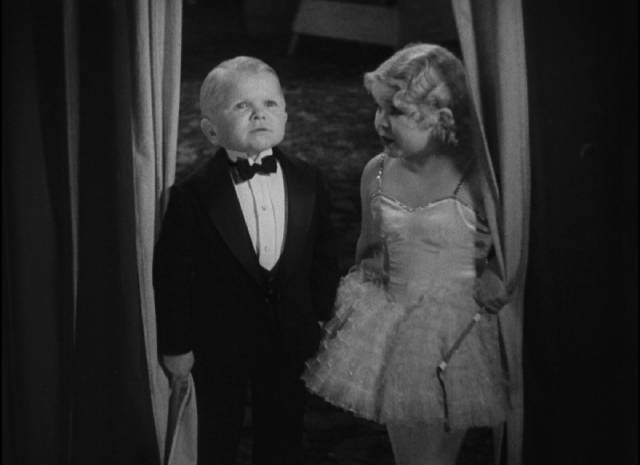
Difference here is represented by Browning’s display of actual “freaks”. It’s inarguable that these real-life sideshow performers are treated with great sympathy by the filmmaker – it’s the “normal” characters, particularly acrobat Cleopatra (Olga Baclanova) and strongman Hercules (Henry Victor), who are the film’s genuine monsters, their arrogant assumption of superiority making them devoid of empathy. But that said, in the climactic sequence which takes place during a storm at night, the imagery invests the freaks with a nightmare quality even as we root for them to get revenge against the murderous Cleopatra and Hercules. This tension between sympathy and a discomfort with extreme difference is what gives the film its distinctive quality and makes it still fascinating almost a hundred years after its original release.
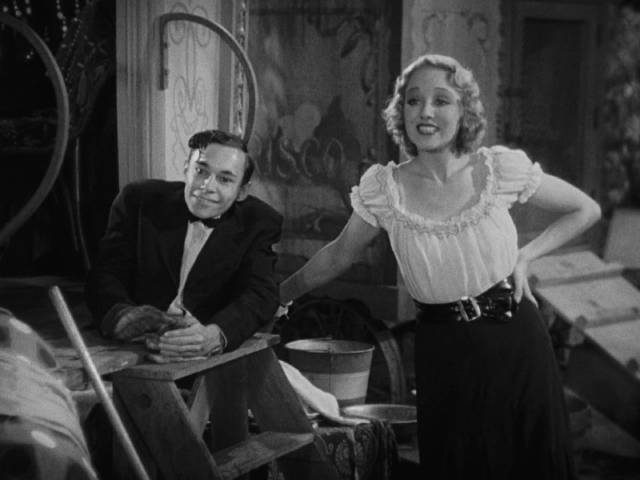
Browning focuses on the community of performers, establishing the mutually supportive bonds which act as a protection against the prejudice they experience outside the circus. He gives them all the time they need to emerge as distinctive characters who have adapted to their disabilities in remarkable ways. There’s genuine warmth in their interactions with one another and their communal response to perceived attacks from outside.
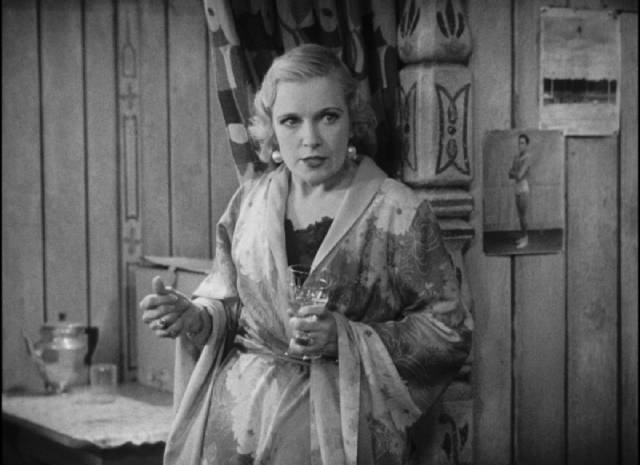
The core of the narrative is the naive romantic attraction felt by the midget Hans (Harry Earles) for the glamorous Cleopatra; she flirts and strings him along for the amusement of her lover Hercules, but becomes more serious when she realizes that Hans has money. Hans is oblivious of the love of Frieda (played by Harry’s sister Daisy), who tries to warn him of Cleopatra’s duplicity; he’s swept away when the acrobat agrees to marry him, ecstatic that she seems to see him as a “real man”. It doesn’t take long for everyone to see through her facade – everyone but the smitten Hans – when, during the wedding feast, the freaks’ chant of acceptance, that Cleopatra is “one of us”, brings out a public display of her disgust.
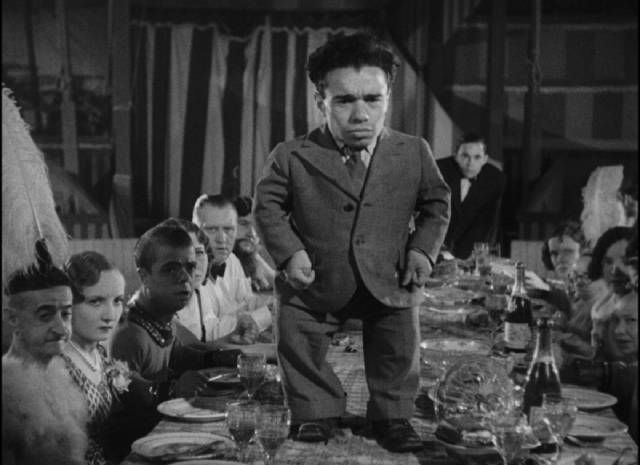
It’s not long before Hans falls ill and Frieda realizes that Cleopatra is poisoning him so she can inherit his money. This betrayal after she was accepted into their community unleashes a terrible vengeance and, in what may be the crowning achievement of Browning’s career, the freaks pursue Cleopatra and Hercules through a raging nighttime storm and impose a grotesque punishment which, while utterly implausible, has a terrible narrative logic and gratifying sense of justice. Cleopatra is transformed into a monster, a physical rebuke of her rejection of the freaks’ community which may be the single most striking image in all of ’30s horror.
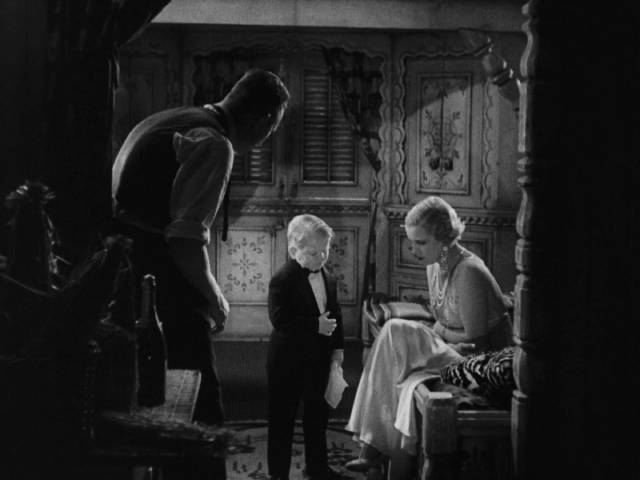
Because of the negative reaction the film received, there were several attempts to tamper with the ending. The Criterion edition includes a brief discussion by David J. Skal of the three existing endings, which he prefaces with a description of the original lost ending. Apparently, in that the audience got to see more detail about the fate of Cleopatra and Hercules – as the freaks close in on her, lightning strikes the tree she cowers under and it falls and crushes her legs before they swarm over her, leading to the final reveal of her transformation into the human duck. But Hercules is also there at the end, castrated and singing in a falsetto as she quacks along with him. This was apparently just too much for the audience and a new epilogue was shot in which the embittered Hans, living in seclusion, is visited by Venus (Leila Hyams) and Phroso (Wallace Ford), the sympathetic “normal” couple, who have brought Frieda along to reassure Hans that he was not responsible for the terrible thing done to Cleopatra. As Skal points out, this serves to establish a hierarchy in which Hans and Frieda aren’t monsters like the rest of the freaks.
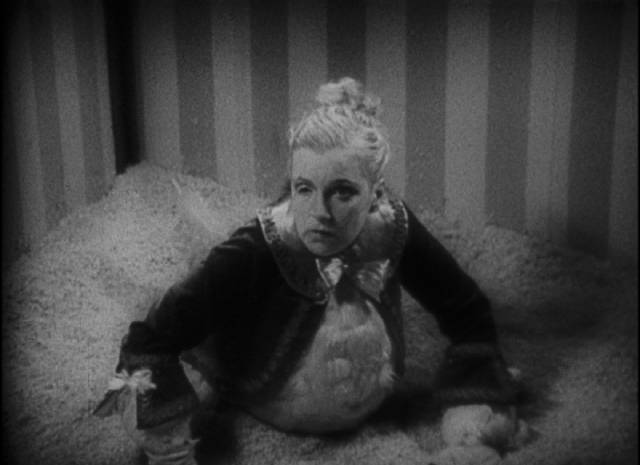
This coda is dramatically unsatisfying so it was cut down to a couple of brief shots without dialogue – Venus and Phroso quietly slipping out of the room and Frieda comforting the distraught Hans – which was even less satisfying. The third option was to end on that nightmarish image of Cleopatra the human duck. On the Blu-ray, Criterion retain the full epilogue. It’s a pity that the elements of the original ending apparently haven’t survived, so we can’t experience the full impact of Browning’s intentions.
*
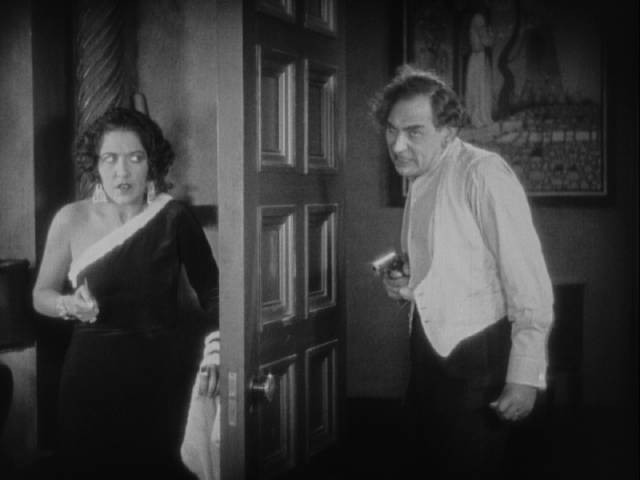
Criterion’s two-disk set, Tod Browning’s Sideshow Shockers, presents all three films in relatively fine 2K restorations, which nonetheless (and not surprisingly, given the films’ age) display some degree of damage – scratches, fluctuations in contrast, and so on. But these flaws are minor. The collection is an excellent showcase for three of Tod Browning’s best films.
David J. Skal (who sadly died on January 1 in a car crash in Los Angeles) provides commentaries on both Freaks and The Unknown and an introduction to The Mystic, along with the piece about the alternate endings of Freaks.
There’s a documentary about the making and reception of Freaks which was first included on the Warners DVD from 2004, plus an interview with author Megan Abbott on Browning and pre-Code horror, and an episode of Kristen Lopez’s podcast on the representation of disability in Freaks. Skal, in an audio feature, reads the source story for Freaks, Tod Robbins’ Spurs, published in 1923.
There’s also an interesting booklet essay by Farran Smith Nehme.
An excellent package in itself, Tod Browning’s Sideshow Shockers whets one’s appetite for more Browning restorations, particularly the silent films featuring Lon Chaney. Perhaps there’ll be a volume two for next Halloween. (I just re-watched Browning’s Outside the Law [1920], the second collaboration with Chaney, on a new Blu-ray from Masters of Cinema – another hopeful sign that the director’s work is receiving new attention.)
Comments
I’ve had the laserdisc version of Freaks in my collection for years, but I’ve never watched it. Thanks for interesting and indepth review!
You still have a working laserdisc player? Mine died years ago, but I still have several boxes of discs in storage – including a Lon Chaney set!
I have 3 that work perfectly and a few that have issues but will do in a pinch. I have a nice unit that has auto-flip but I can only use it for black and white movies because something is wrong with the color decoder. Ha ha…another unit has a finicky tray… it closes immediately after it opens so you have to put the LD in very quickly.. and one unit the tray simply sticks and it takes several tries to get it to open. Likely needs a new belt. I figure the 3 that work perfectly will last my lifetime and I won’t have to resort to the “bad” players. Have you looked on kijiji or facebook to see if you can get a cheap basic single side playing unit?
I have looked into it in the past, but I’m not too confident that any of the ones I’ve seen would still work. About ten years ago, in fact, I did find one her4e in the neighbourhood but it was dead on arrival. And of course, after years in storage, who knows if the disks are still playable!
Laserdiscs usually hold up pretty well in storage. The main defect of “laser rot” actually is an issue in regards to how the discs were originally fabricated. An issue with the glue that holds the two sides of the discs together.
I have discs that were made in a Sony factory that have horrible video snow for example. But I have discs that were pressed in other factories that are still perfect with zero “speckles” in the picture.
The last player I bought off of someone on kijiji, I actually hooked the player up and tested that it worked before I bought it. Now, it did develop the issue of the tray closing by itself afterwards, but at least it does play the discs properly.
Here’s a hint… Pioneer put out a line of industrial players that were made to a more vigorous standard as they were designed for schools and car dealerships, ect, to play demo discs over and over again. These units were designed to be workhorses. The downside is they are very basic in regards to picture and sound quality. Really bottom level compared to the Elite line of players.
If you can score a cheap industrial player, you should be fine. These usually sell for a lot less than the better auto-flip consumer players.
Kenneth, I’m curious about something. You mentioned you had laserdiscs in storage. Have you upgraded these movies with dvd or blu-ray versions? I guess I’m asking is do you ever wish you could get a laserdisc player and re-watch the laserdiscs you have in storage, or are they basically unimportant to you now?
Some have definitely been upgraded to DVD and/or Blu-ray, but others have seemingly never been released in newer formats (I used to collect a lot of Hong Kong action and horror movies, and haven’t seen all of those re-released, or given decent hi-def upgrades – where are the restorations of John Woo’s The Killer and Hard-Boiled?). I’d have to dig out the boxes and go through them to figure out which remain collector’s items!
I’m tempted to send you one of my single-side players that still work perfectly but Winnipeg is pretty far from Niagara Falls. I’m afraid it would be damaged in transit and you’d end up with another DOA player on your hands.
I appreciate the thought! Maybe I’ll look around locally … after I check the storage boxes to remind myself what’s in there!